A few months ago, thinking about the possibility of traveling, my girlfriend and I came across a discount offer on plane tickets to Bolivia. The country was on our radar, but at the time it wasn’t exactly a first choice. At least, until we researched about Uyuni, located near Cordillera dos Antes, on the border with Chile. It is the largest salt desert in the world, with almost 11,000 km² and so unique that it is practically the only natural spot that can be seen from space. At that point, the trip started to look more and more interesting.
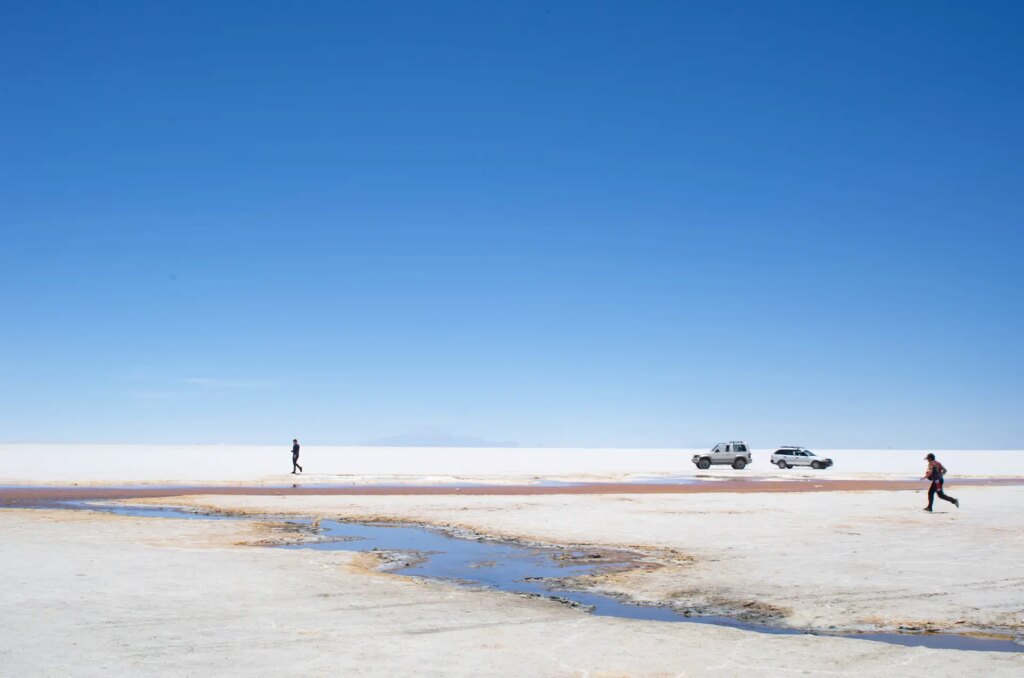
Having done the math, a more or less organized itinerary, we agreed to go first to Sucre, still the constitutional capital of Bolivia. The city of La Paz is the political and administrative capital, but Sucre is a historical landmark in the struggle for independence of Latin America. It was where the first movements for the country to follow its own path had started. Currently, there is a guided tour at San Francisco church to the so-called “Campana de la libertad”, the place where in 1809 the bells were rung at the beginning of a revolt against the governments of the time.
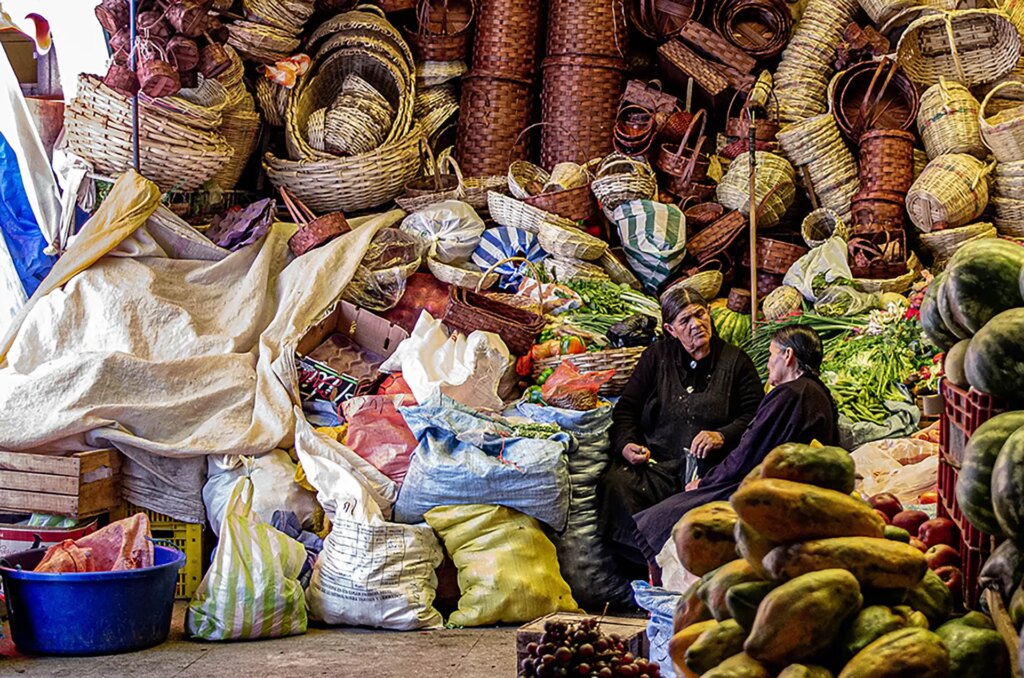
The question remained: what to take to photograph during the trip? I knew the journey would not be easy. We would depart from São Paulo towards Santa Cruz de La Sierra and then to Sucre but from there only by bus and car. We also knew that long walks would be waiting for us. The idea was to keep everything small and as lightest as possible.
The choice was a Pentax K5 with a Pentax-A 28mm f2.8 manual lens that I have been using for the last few years. With this lens, even on Pentax digital cameras, the aperture ring option in Auto mode allows manual control right on the camera. In addition, the lens is small, reasonably light and with good image quality. With no option to check luggage on flights, the only alternative was to carry everything in a single backpack.
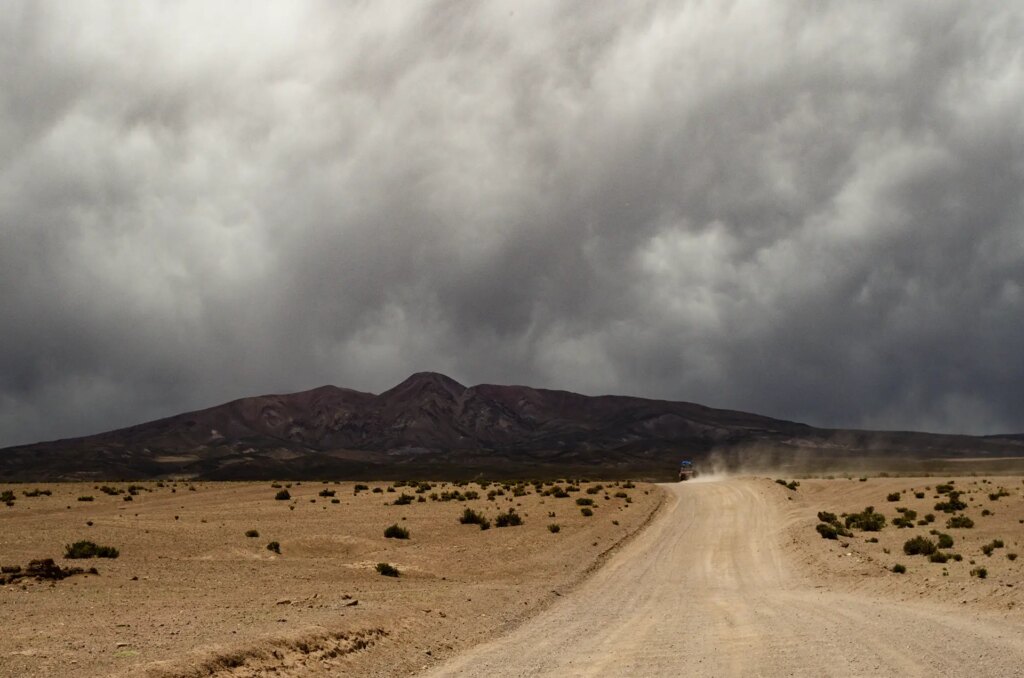
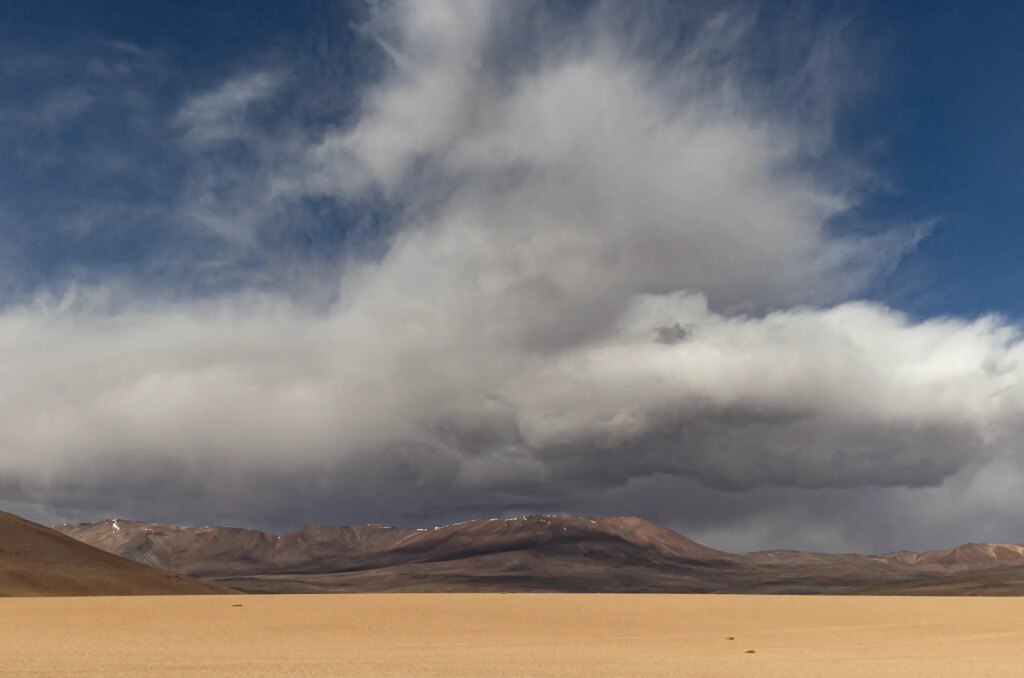
The choice was good, despite some limitations. The biggest one was the infinite focus issue, which in some situations made me loose sharpness in landscape photos. But the result turned out to be incredible: the lens delivered great colors, more than reasonable sharpness and, of course, it was a pleasure to use a fully manual lens again and have another rhythm when shooting. The compact rig also made it easier and more discreet to shoot on the streets of Sucre and La Paz. The issue of sharpness, in addition to being relative, turned out to be interesting in images with a color and finish very close to analogue photography.
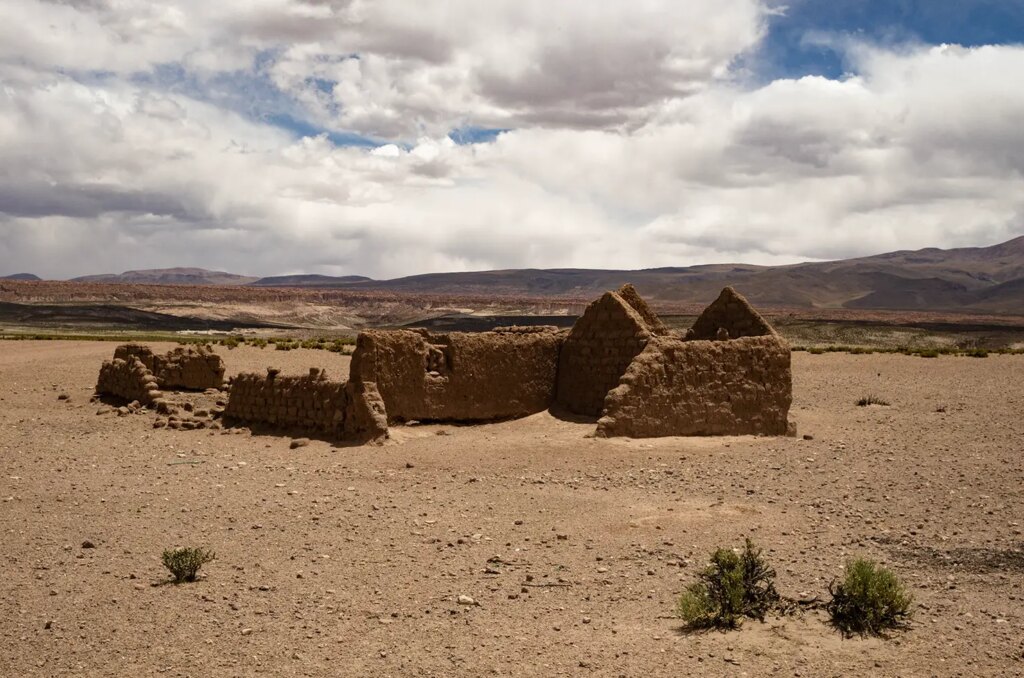
The camera and lens traveled for 12 days with us. After Sucre, there were three days between the Salar de Uyuni and the border with Chile, an impressive landscape of mountains and the occasional active volcano, and after that about a week in La Paz. It is worth mentioning that people in Bolivia do not feel very comfortable being photographed and that must be respected. With more compact equipment, approach and contact were always easier.
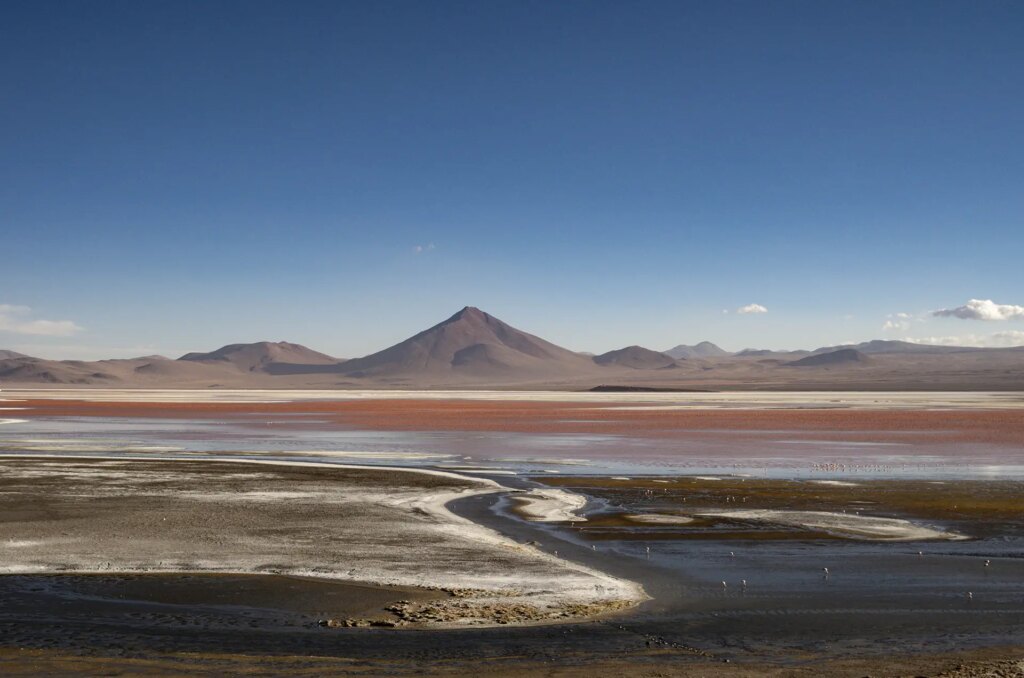
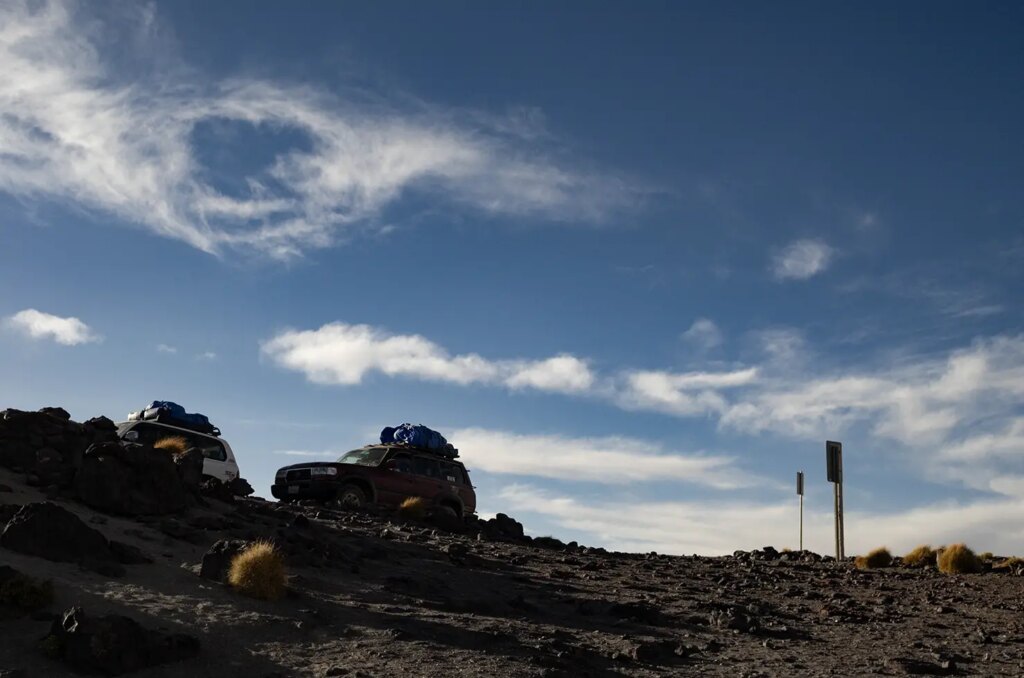
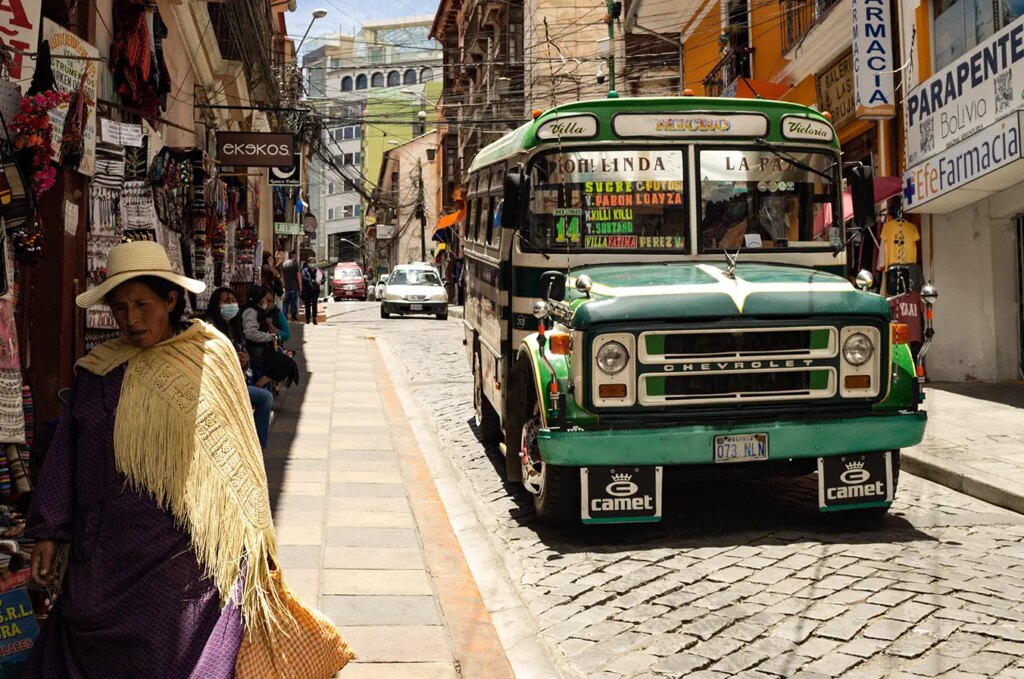
The combination of one camera, one lens, had already been part of my choices to photograph for some time. In particular, manual lenses. I’ve been able to buy some over the last few years and as I basically use Pentax, it’s easy to use them even on digital cameras. With the images we brought, the colors and the pleasure of photographing in Bolivia have already give us some ideas for other similar projects.
Share this post:
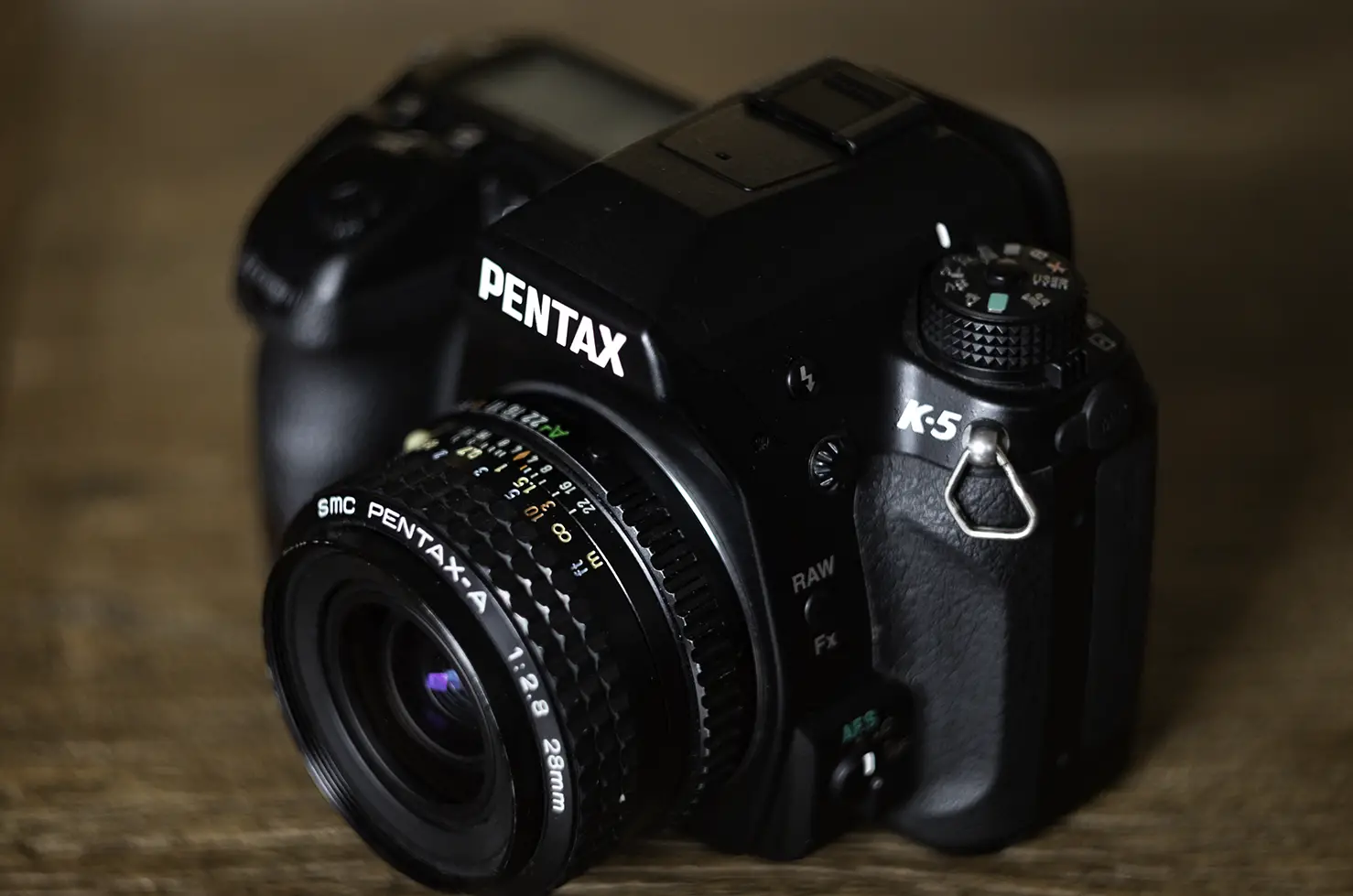








Comments
Ibraar Hussain on Bolívia: 12 Days with One Camera & One Lens – By Rodrigo Castro
Comment posted: 08/04/2023
I haven’t been to Bolivia but Peru I have several times
Love the pink flamingos in Lagos shot
Rodrigo on Bolívia: 12 Days with One Camera & One Lens – By Rodrigo Castro
Comment posted: 12/04/2023
DANIEL STEVENSON on Bolívia: 12 Days with One Camera & One Lens – By Rodrigo Castro
Comment posted: 12/04/2023
Comment posted: 12/04/2023